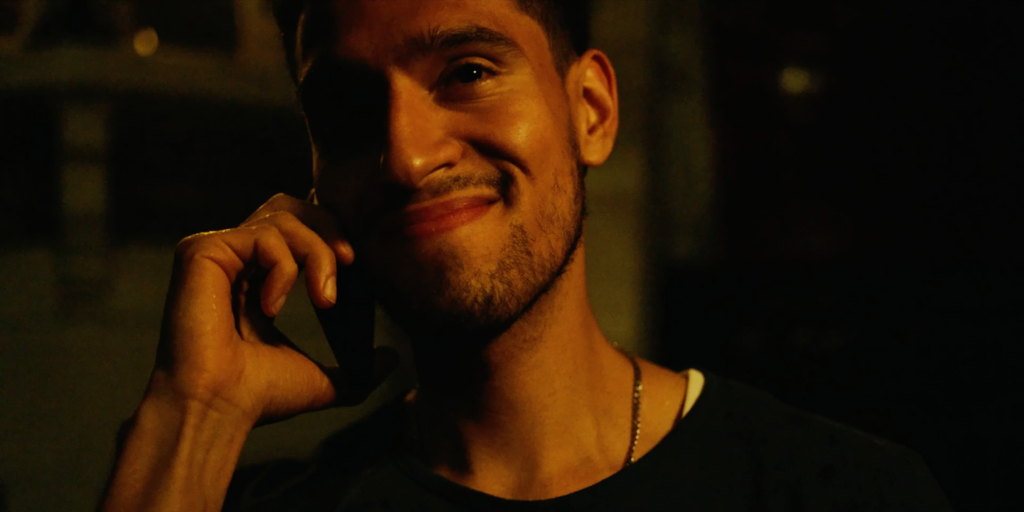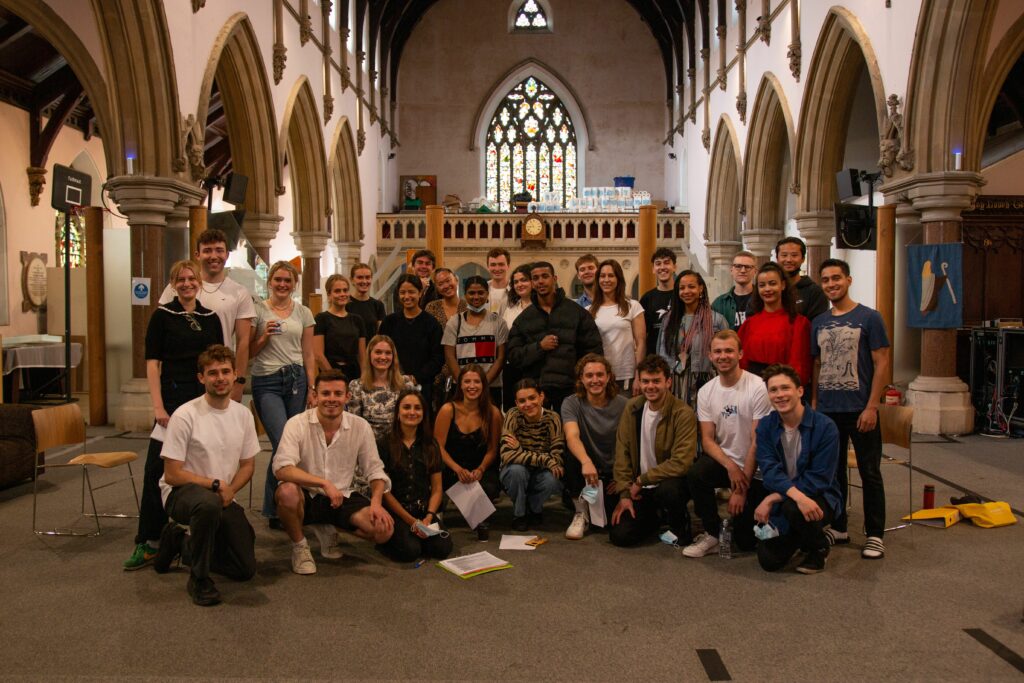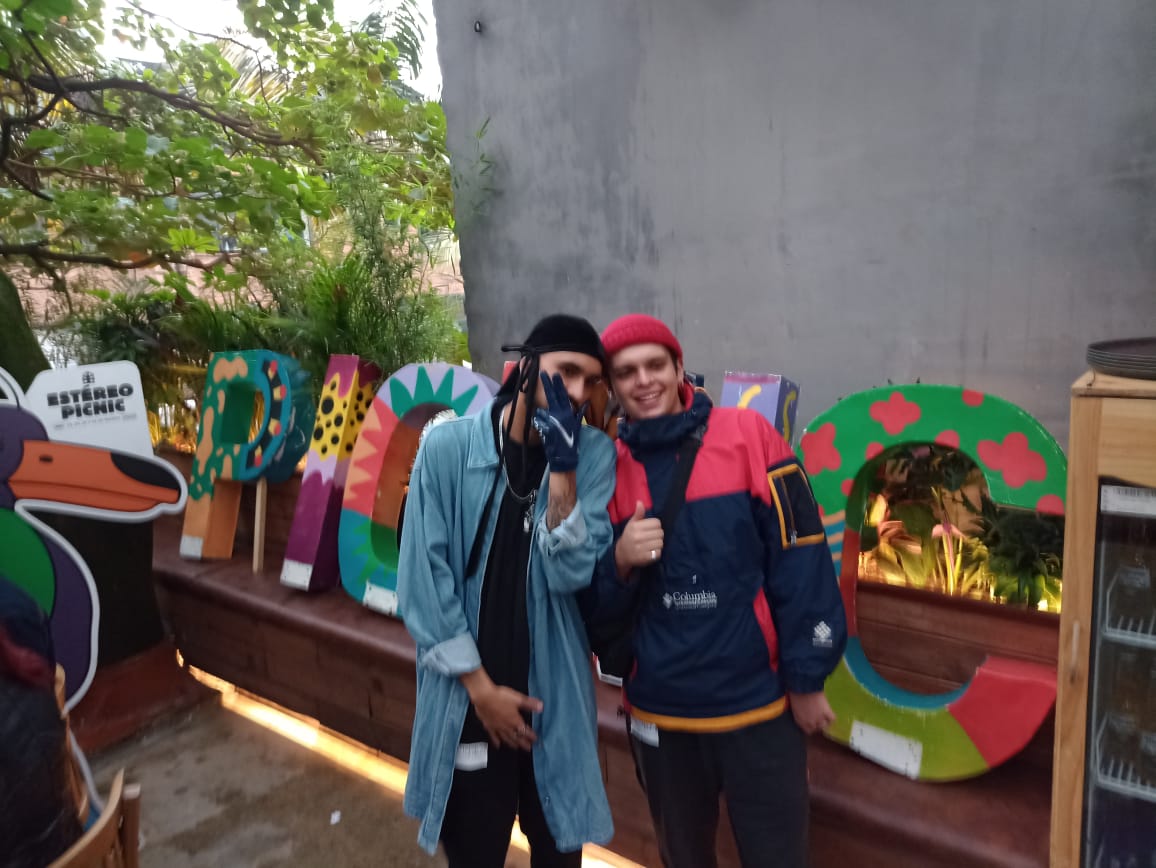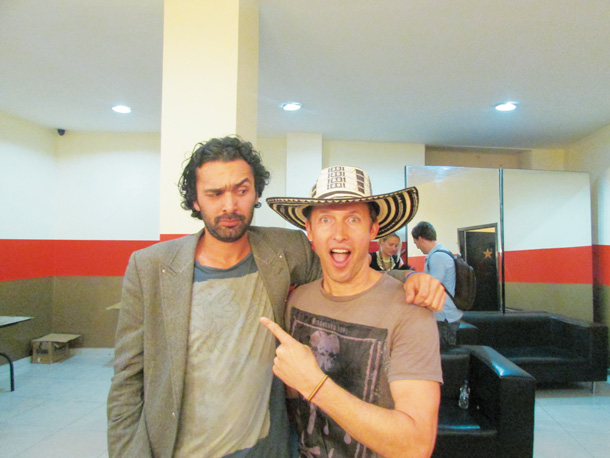
For decades, Colombia has been swallowed by stereotypes off-screen and on-screen. Therefore, Colombia’s image in international films has often been one of a war-torn country run by drug lords and guerrillas. Netflix’s series Narcos stirred up debate after romanticizing the criminals who have tainted Colombia’s past. At the same time, Colombia’s film industry is also at fault for producing films that glorify lawbreakers.
However, these stereotypes seem to be dissipating with the release of the Colombian-inspired Disney movie Encanto, showing the rich, spiritual side of Colombia’s vast landscapes and culture. A young British filmmaker, Harry Richards, alongside producer Stan Stott-Hall and several Colombian executive producers and actors, is also trying to change this image of Colombian representation in film – at least in London – through the power of collaboration between the two countries and cultures.
The backstory
Richards’ 10-minute coming-of-age short film, SANTI, was shot during the pandemic in London. It is a proof of concept for a 90-minute feature film that explores British and Colombian cultures. It tells a universal story that many who have moved to a new country can relate to, especially emigrating Latin Americans.
The short follows a young Colombian man, Santi, who receives a voice message from his family while grappling with cultural and linguistic barriers at a middle-class dinner party in London with his new English girlfriend.
Since the screenings in Chelsea and Shoreditch for over 200 people in autumn 2021, Richards and Stott-Hall have been sending the short film to British and Colombian film festivals (with the help of the Colombian Executive Producer David Sierra Márquez) to attract investors towards the feature film about the same subject.
It would be shot across the UK and Colombia, in a town called Ocaña in the Norte de Santander department, where a family tragedy pulls Santi back home. The department heads will be traveling to Colombia to draw up the budget, scout locations, and cast the actors from Ocaña.
The key elements of the film
The opening shot throws the audience straight into a dinner party scene without context. Richards places Santi and his British girlfriend, Violet, center stage while the nondescript foreground figures provide the dialogue. Viewers, therefore, start the film lost and confused – like Santi – as they struggle to understand who the protagonists are and where they are located.
Santi, played by British-Colombian actor Jon Gutierrez, told The Bogota Post about his connection to the role: “When I was seven years old, my family wanted to move back to Colombia. I traveled there with my grandmother before the rest of my family, but I felt like an outsider; I was mocked for not speaking properly and struggled to fit in.”
However, he quickly adapted, learned Spanish fluently, and fell in love with his country of origin. Unfortunately, his family decided not to move and returned to London. “I finally felt Colombian while England was an alien world where I could neither speak nor write the language fluently.”
The filmmaking is objective and observational, with only 15 shots in the entire short. The long shots give the viewers time to reflect on their own experiences as they connect with the story. Richards expressed that he scrutinized every detail as a director to think: What’s the most important feeling to convey in each scene without always cutting to people’s reactions? Where should the characters be placed in relation to the camera?
In 2018, Richards spent six months in Colombia doing an internship at El Tiempo, Colombia’s biggest newspaper. The immersion in a foreign culture was both isolating and challenging for him, yet incredibly rewarding. “I initially sat with colleagues over empanadas and cervezas, always fifteen seconds behind every joke. That’s the kind of experience we wanted to capture.”

Avoiding falling into the same old stereotypes
The script was shared with Colombian executive producers and script readers, along with a British editor and script consultant, to ensure that the narrative offered an accurate representation of both cultures – a practice that will be repeated for the feature film.
Many of the department heads have a strong connection to Colombia and a desire to improve Colombian representation on screen. For example, the First Assistant Director, Claire Wolf, of British-Colombian background, understands the complicated nature of Colombia’s history and brings a unique perspective to the project.
One of the Executive Producers, Marvin Vivas, who moved to the UK before the pandemic, collaborated with Harry on the script to provide insights into the strange British customs he came across. He stated: “This film is important as it normalizes that sensation of feeling out of place; something that everyone who has lived abroad can identify with.”
Due to the ongoing on-screen representations of drug-related violence, Richards stressed that all of the cast and crew felt determined to share the everyday experience of a modern Colombian. He added: “there are more and more films following this style in general – such as the Academy Award-winning Mexican film, Roma – and we wanted to be part of that shift.”
Plus, at the heart of the film is the theme of family. “With cultural differences aside, the one thing that unites cultures around the world is that sense of belonging,” stated Richards. “In the short, you hear the voices of Santi’s family through a Whatsapp voice message. It reminds him of his identity that will never disappear, even in a foreign place that he doesn’t yet understand.”
Down to the last detail, collaboration between the two countries was essential. On shoot day, the crew panicked, realizing that they didn’t have a photo for Santi’s mother’s Whatsapp picture. Location Manager, Sophie McDonald, whose boyfriend is Colombian, suggested that Richards follow a typical Colombian mother’s trend by using an inspirational quote – an alteration that made its way into the short film.
These specific cultural references are rarely seen on-screen, but this script seeks to deviate from the usual narrative assigned to Colombians. Gutierrez added: “This storyline gives Latin Americans an opportunity to see themselves on-screen in a different light, exposing vulnerabilities that come with different life milestones and emphasizing that their personal, seemingly trivial, stories are meaningful.”
Since March 2020, periods of isolation, being stuck at home, or being far away from our families have made life on both sides of the Atlantic uncertain. Hence, as Richards puts it, “the future, full-length film, SANTI, will offer a combination of escapism by taking people on a journey to Colombia alongside an intimate reflection of day-to-day life, encouraging people to look inwards, empathize with others, and embrace people’s differences.”
SANTI (the short film) will be available online at the end of its festival run next year. This will be announced here (@santithefilm).


